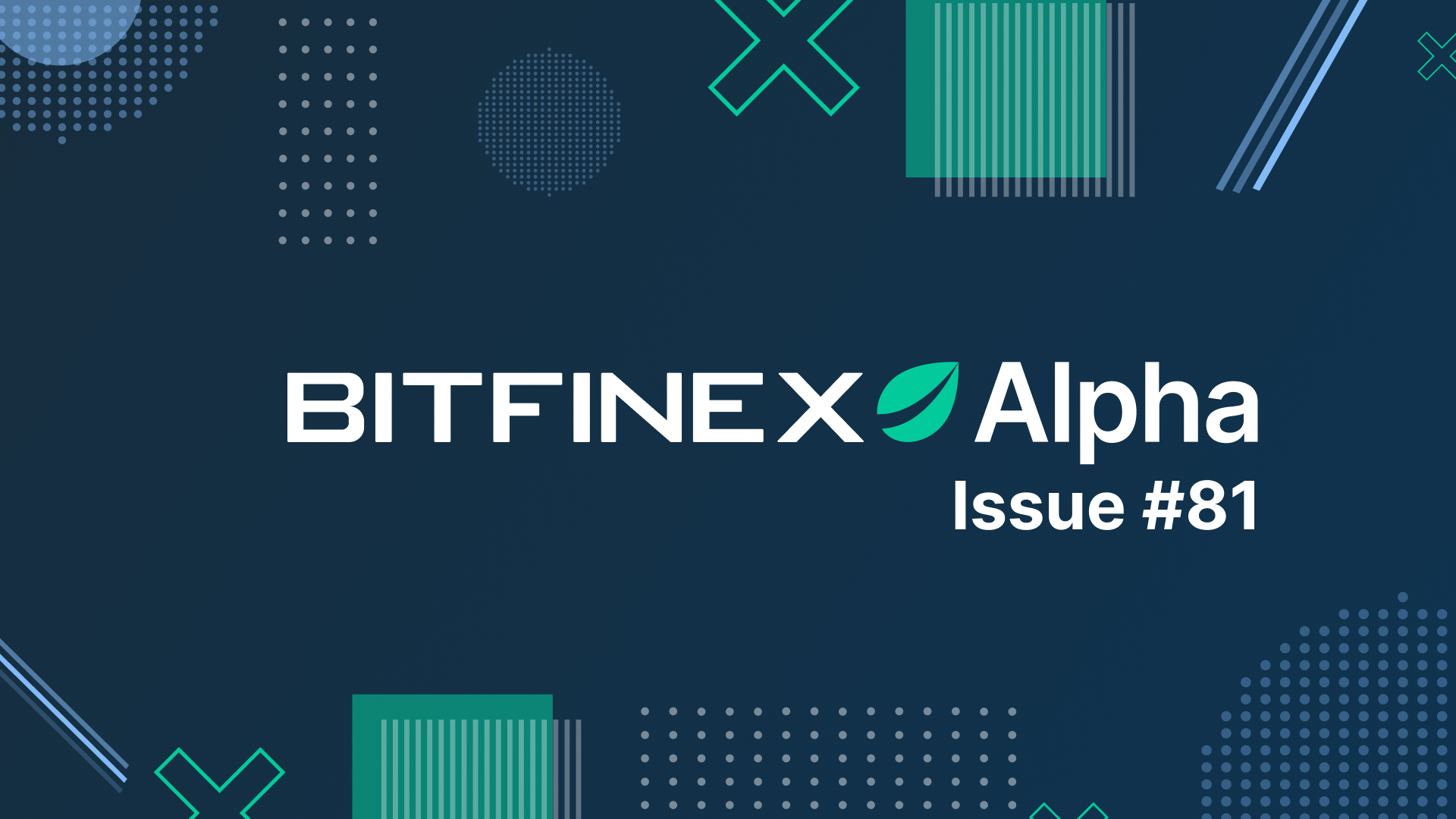
20 Nov Bitfinex Alpha | BTC Consolidating as Economy Shows Signs of Stabilisation
In contrast to the rally currently being seen in the altcoin market, Bitcoin is in a phase of consolidation and uncertainty, with the price ranging amidst fears of an extended pullback.
Last week, BTC made a second attempt to break through $38,000, but the momentum was short-lived, as heavy profit-taking was seen in both the futures market – as indicated by negative Cumulative Volume Delta and an 8.7 percent drop in open interest – and in the spot market, where there was a wall of limit sell orders.
Bitcoin is currently trading around the monthly opening price for November, with signs of waning momentum, with positive funding rates being seen on futures contracts – which is historically associated with market declines – as well as the potential for selling pressure from short-term holders realising profits.
Currently, the short-term holder age band has inflated, corresponding with a 120 percent year-to-date increase in BTC’s price. However, the current cycle shows a lower proportion of short-term holdings compared to past cycles, indicative of the current concentration of supply in the hands of long-term holders. As the fourth Bitcoin halving, expected around April 2024, approaches, a significant tightening in Bitcoin’s supply is evident. The ‘available supply’ and ‘supply storage’ rates indicate that long-term investors are accumulating Bitcoin at a rate far exceeding new Bitcoin issuance. This is contributing to the tightening supply scenario as the halving approaches. The increase in mining fees is also a key indicator of the robust health of the Bitcoin ecosystem. The rise in these fees suggests higher demand for processing transactions on the Bitcoin network, leading to increased revenue for miners. This is an important trend to watch as we head towards the halving in Q2 2024.
On the macro front, the burden of servicing the US national debt continues to weigh on the US Treasury. US indebtedness has increased by approximately $10 trillion since 2020 to $33.7 trillion, with a $41 billion year-over-year increase in interest payments as rates have risen.
That said, there are signs of stabilisation in the economy, particularly in the realm of inflation. The most recent Consumer Price Index report indicated a notable decrease in core inflation, driven largely by reduced gasoline costs.
This trend has fostered optimism that the Federal Reserve might further pause hiking rates. Similarly, October’s Retail Sales and Producer Prices data lend further support to the notion of stabilising inflation.
Despite these positive indicators, the economy faces industrial production challenges, particularly in the automotive sector, where strikes by the United Auto Workers union against major automakers have led to a greater-than-expected drop in factory output.
On the brighter side, the economy is experiencing upward pressure on growth, buoyed by consumer resilience and a strong job market. However, this growth also carries inflation risks. Hence, the decline in industrial activity could help balance inflationary pressures. The combination of weak industrial production and steady consumer demand presents a nuanced picture for the Federal Reserve as it navigates the path towards easing inflation and achieving a soft landing for the US economy.
In the latest news from the crypto-sphere, the US Securities and Exchange Commission (SEC) has delayed decisions on key ETF applications from Hashdex and Grayscale, reflecting continued cautious regulatory oversight for this instrument.
Many, however, believe that it is just a matter of time before ETF approval is given, and Cathie Wood, CEO of ARK Invest, projects the total crypto market cap to skyrocket from $1 trillion to $25 trillion by 2030, likening its potential to the early internet era. On the business front, Bakkt announced an expansion of its crypto custody portfolio, while the Monetary Authority of Singapore plans to issue a central bank digital currency for wholesale settlements.
It all provides a picture of regulatory caution and optimistic growth projections. Sounds like a normal day in the office.
Happy trading!



